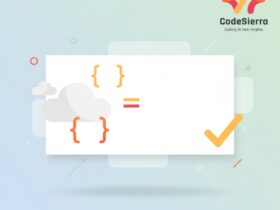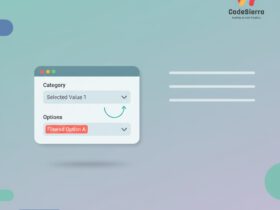Overview
Validation Rules and Triggers are two mechanisms in Salesforce used to enforce business logic and data integrity. While both can prevent invalid data or enforce processes, they differ significantly in scope, execution timing, maintainability, and best-use scenarios.
When to Use This Comparison
Keywords: Validation Rules vs Triggers Salesforce, difference between validation rules and triggers, Salesforce validation rules and Apex triggers.
Key Differences
1. Purpose and Scope
Validation Rules: Designed specifically to enforce data quality by preventing users from saving records that don’t meet specified criteria.
Triggers: Apex code (before/after insert/update/delete/undelete) that runs to implement complex business logic, integrations, and data transformations that cannot be handled declaratively.
2. Complexity
Validation Rules: Declarative and expression-based. Best for simple checks using formula expressions and functions.
Triggers: Programmatic and far more powerful. They handle complex logic, callouts, multi-object updates, and bulk operations.
3. Execution Timing
Validation Rules: Evaluate during the save operation; if rule evaluates to true, the save is blocked and an error is shown to the user.
Triggers: Execute before or after the data is committed. You can use before triggers to modify records prior to saving and after triggers for actions that require the record Id or committed data.
4. User Feedback
Validation Rules: Provide direct, field- or page-level error messages that help users correct input immediately.
Triggers: To present a user-facing error you must explicitly add errors to records in Apex (for example, record.addError('message')) — otherwise, triggers often run silently for integrations and batch jobs.
5. Reusability & Maintainability
Validation Rules: Easier to maintain for simple conditions; visible in the Setup UI and straightforward for admins to update.
Triggers: Require developer skills. Proper structure (using a trigger framework, handler classes, and bulk-safe patterns) is essential for maintainability.
6. Bulk Behavior
Validation Rules: Automatically work in bulk (they apply per record during save). No developer action is needed to make them bulk-safe.
Triggers: Must be written with bulk operations in mind (operate on collections, avoid SOQL/DML inside loops) and should follow best practices to avoid governor limits.
7. Testing and Deployment
Validation Rules: No Apex tests required. Changes can typically be deployed via change sets or metadata deployments.
Triggers: Require Apex test coverage and should be included in CI/CD and deployment pipelines. Unit tests should cover positive and negative scenarios and bulk operations.
Examples
Validation Rule Example
Prevent Opportunity close date from being in the past:
AND(ISPICKVAL(StageName, "Closed Won"), CloseDate < TODAY())
Trigger Example (before update)
Set a custom field value based on conditions (bulk-safe simplified example):
trigger OpportunityBefore on Opportunity (before update) {
for (Opportunity opp : Trigger.new) {
if (opp.StageName == 'Prospecting' && opp.Amount > 100000) {
opp.Priority__c = 'High';
}
}
}
When to Prefer One Over the Other
Choose Validation Rules when you need simple, declarative data checks and clear user-facing messages. Choose Triggers when you need complex processing, interactions with other objects, integrations, or operations that require programmatic control.
Best Practices
- Start with declarative solutions (Validation Rules, Process Builder, Flow) when possible.
- Use Triggers only when declarative tools can’t meet the requirement.
- Keep validation logic focused on data integrity; keep triggers focused on processing and integrations.
- For triggers, follow bulkification, use handler classes, and write comprehensive tests.
Conclusion
Both Validation Rules and Triggers are essential in Salesforce. Use Validation Rules for straightforward, user-facing validations and Triggers for advanced, programmatic business logic. Understanding their differences ensures you pick the right tool for reliability, performance, and maintainability.










Leave a Reply